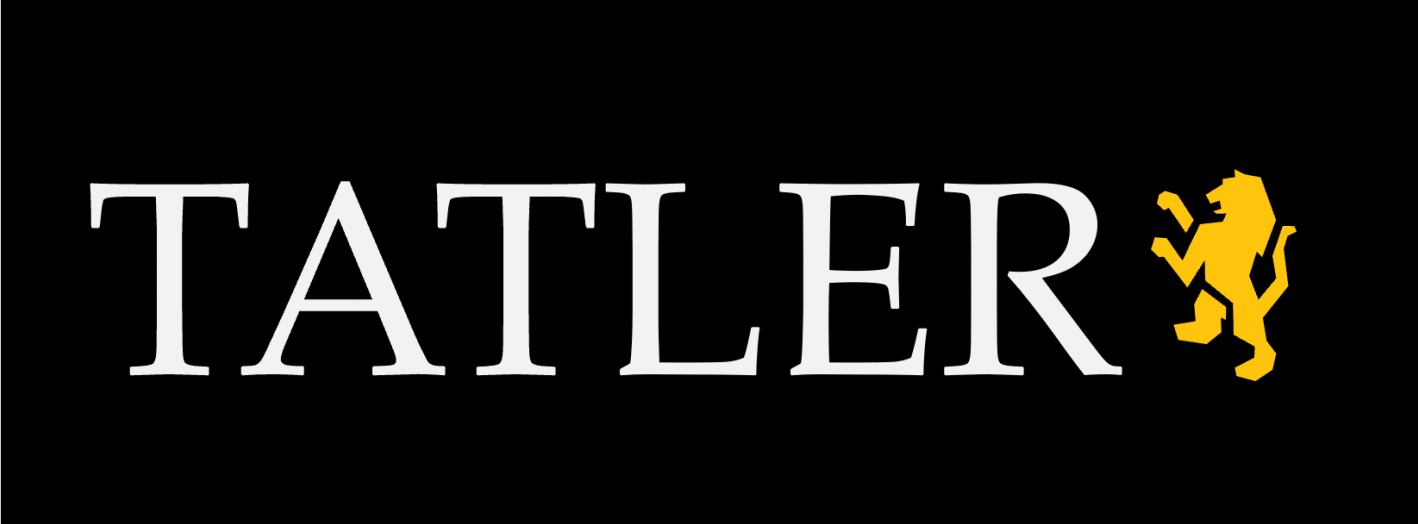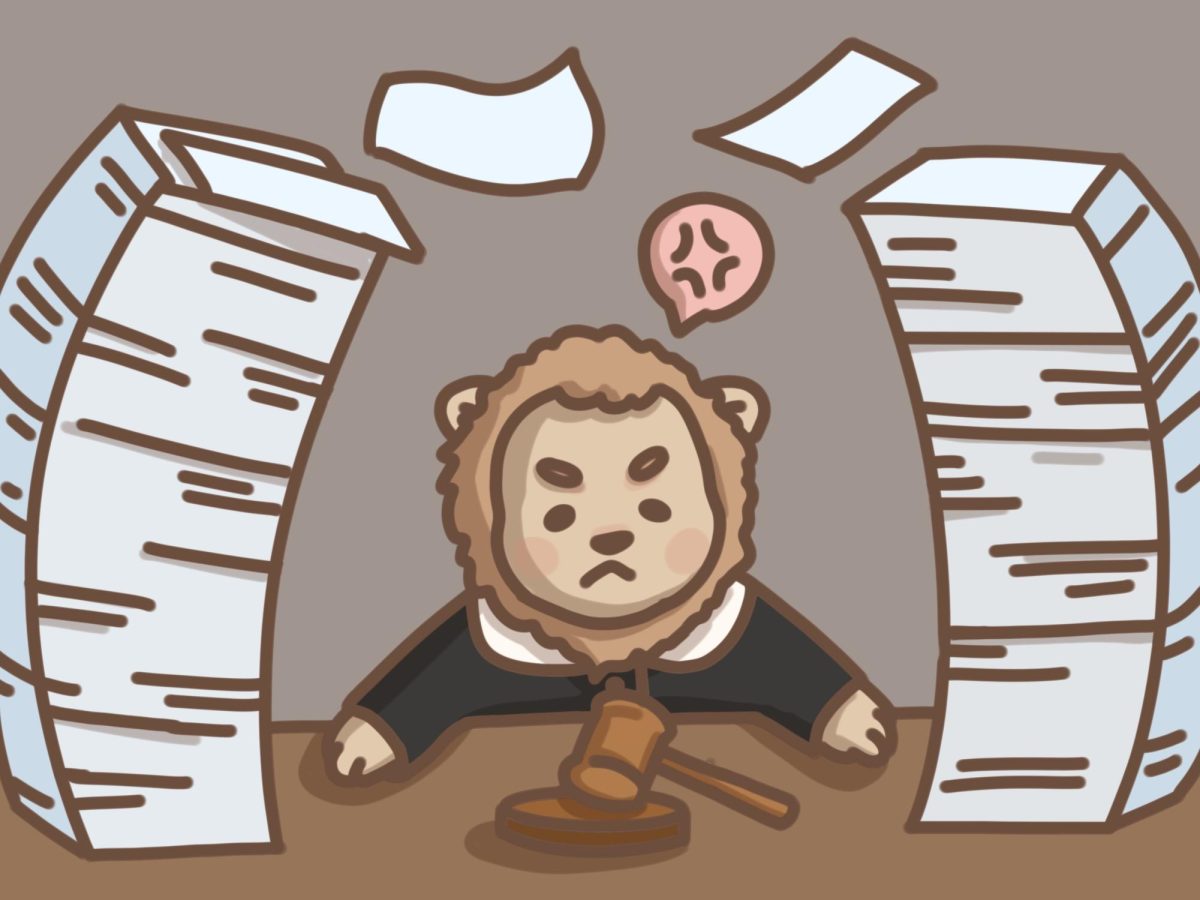Last school year, in an email addressed to the entire school body, Whitney Suttell, Upper School Assistant Director and faculty advisor of the Judicial Committee (JC), reviewed the cases received during the 2023-2024 school year. In total, there were ten offenses: nine of them academic dishonesty, and one community dishonesty, which are general acts of untruthfulness within the school community, such as lying or stealing.
The number of cases reviewed in the first quarter has already surpassed the total from last year. “There were 12 instances that were seen by the JC [this year], and of those, six were academic dishonesty,” says Whitney in an interview conducted in December. “The others were made up of some theft, some identity-based harm, and regular dishonesty.”
Since then, another update email has been sent out. The number of cases of academic dishonesty now lies at 13, plus two instances of theft and two instances of identity-based harm.
Despite the sharp increase so far, Whitney affirms that it is too early to draw any conclusions about the increase in this year’s cases since this year or last year could be anomalies; despite the growth of cases, the underlying reasons for theft and dishonesty haven’t wavered in comparison to cases that occurred fifteen years before. However, micro-trends within the types of cases can be isolated.
One main trend Whitney points out is the use of language learning models like ChatGPT: “The academic dishonesty we have seen this year has been a mix of AI use and non-AI use, but certainly we are seeing more AI academic dishonesty.”
This point was further emphasized in JC’s announcement at an assembly in February. “First of all, you’re likely gonna have to meet with us, and second of all, you’re compromising your own learning,” said JC member Drew K. ’25 in response to the amount of AI used on school assignments. “It’s all in our best interest to make the most of that [our education], and using AI is not doing that.”
In previous years, cheating required a remarkable amount of coordination, like finding creative ways to copy off of a peer’s paper or writing solutions in the palm of a hand. With the entire internet and chatbots at your fingertips, there is now a safety net to fall back on without preemptive planning — offering convenience that students lacked in previous years. However, AI has been publicly available since 2022, so it doesn’t fully explain why there have been so many cases of AI use this year in particular.
Lakeside has already implemented a few systems to try to combat this cheating, namely the introduction of red, yellow, and green light assignments. This system aims to clearly outline when AI usage is permitted, and in what capacity: red light denotes no AI whatsoever, yellow means that there are certain restrictions, and green indicates that students can use AI in any way they want. A Google Bot has even been introduced as a potential option for teachers to watch writing activity. English teacher Ms. Salah mentions potentially increasing the number of in-class essays and even going back to using “good ‘ol” pencil and paper. However, even with these preventative measures, there is no foolproof way to clock the use of AI on assignments, which adds to its appeal to students who want to cheat. Yet, through identifiers like Google Doc version history and the use of certain language usually used by models like ChatGPT, suspicions of AI use on school assignments increase.
So, when JC is presented with cases of dishonesty regarding AI use, it has realized the need to approach it from a different angle. “When I came in three years ago, we worked to make some changes to the JC, particularly to have our focus on finding the best response that centers on learning growth and accountability,” says Whitney. In this case, the best response is to try to understand why so many students run to AI in the first place.
A key concern Whitney highlights is the pressure students feel regarding deadlines and grades.
“Almost every time we meet with a student, what they will say is, ‘I was up late at night, I was panicky, I was stressed, and I made this poor choice in the moment,’” she says. “When those students reflect on it, they always say that they should’ve told their teacher that they couldn’t get it done in time.” That being said, to account for the number of cases, the pressure to maintain grades must’ve increased by a significant amount in just one year.
One possible heightening factor of this stress may be the result of the new English extension policy. Whilestudents were previously given a four day grace period on any assignment, students are now only allowed to use the late policy once per semester. JC member Connor D. ’27 remarks on how the old policy allowed for students to fall back on “stress and motivation” to finish assignments rather than planning out a schedule in advance. “I think that the new late policy has been a much needed course of action,” says Ms. Salah. “However, because students now know that they cannot use a grace period for every assignment, many students may still struggle with their assignment load.”
This raises the question: why don’t students feel more comfortable asking for help? Whitney observes that there is a perceived stigma surrounding asking for assistance, which the JC has been working to address: “People worry that they will be judged or that their teacher will think less of them if they reach out and say that they can’t get something done.”
“A lot of the time it has to do with people being busy with things outside of school and then letting school work pile up,” Connor elaborates. In his opinion, the anxiety surrounding reaching out to teachers stems from an irrational fear of penalization: “I sometimes see that everyone is expected to always do well on projects and essays, but I definitely don’t think that Lakeside teachers think down on students or punish them for asking for an extension or at least letting them know if they’re going to turn in missing or incomplete work.”
Whitney says that the mission of the JC is to understand the reasoning behind a student’s actions and find ways to prevent these situations in the future. One thing she wishes students understood about the committee is that the primary goal isn’t to “catch kids breaking the rules.”
“The students and adults that are on this committee care deeply about the school and their peers,” she says. “This is about a mistake a student made or an action they did, and not about them as a person.”
In the case of academic dishonesty, solutions may look like encouraging more open conversations with teachers and utilizing time management strategies. “In busier times, I think that making a to-do list or having a schedule helps to keep track of everything,” Connor suggests.
Even though technology is evolving, the reasons for cheating remain the same. The JC hopes that by implementing restorative solutions to the circumstances that prompt cheating, rather than punishing the action of cheating itself, it can promote a stronger sense of academic integrity, ultimately creating a more ethical and supportive learning environment.



